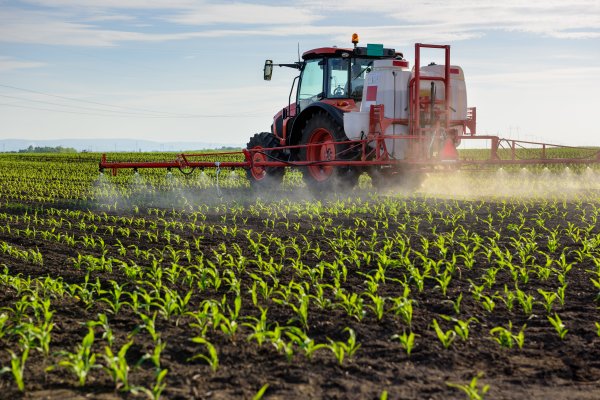Pyrite is a common mineral in bedrock of Central PA. It can react with water and oxygen to produce ferrous iron, sulfate, and hydronium ions, common components of acid mine drainage. However, nitrate can also oxidize pyrite in anoxic conditions. Limited spatial sampling of the Shaver’s Creek watershed (Huntingdon County) has shown an increase in sulfate moving downstream from the forested headwaters to the more agricultural main stem. This increase in sulfate concentrations occurs despite the fact that geologies are more carbonate-rich and are expected to contain less pyrite than the shales in the upper reaches. We have hypothesized that this implies enhanced pyrite oxidation in the lower, more agricultural part of the watershed, and might show the effects of increased loading to groundwater of nitrate from agricultural fertilizer.
To test this, we propose to drill boreholes in an agricultural property and sample stream chemistry and sulfate isotopes at more sites. If this mechanism is important, best management practices that encourage nitrate retention on fields, could also be routing nitrate deeper into the regolith, causing increased pyrite weathering, and thereby acidifying groundwaters and producing more sulfate. We will combine geospatial analysis of stream chemistry across agricultural & pyrite gradients with borehole chemistry (soils integrate through time), and high-frequency stream chemistry from a sensor to capture short timescale variations (storm events).




